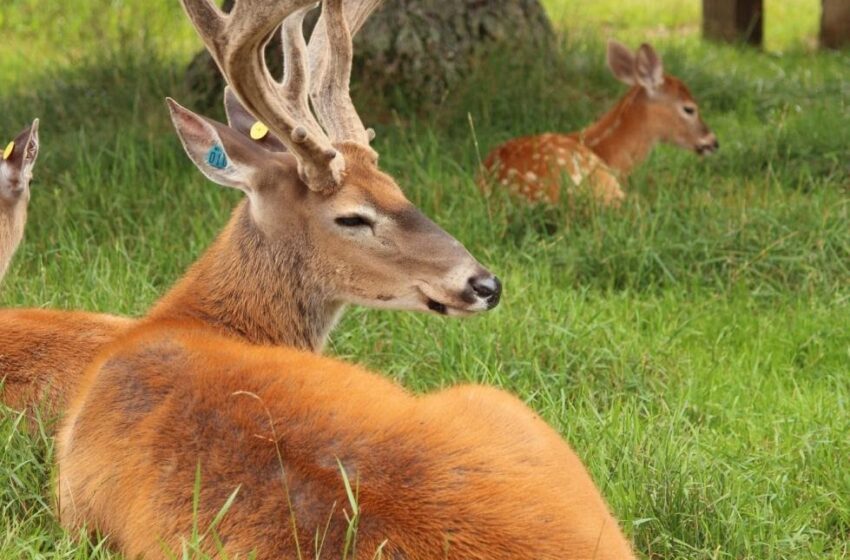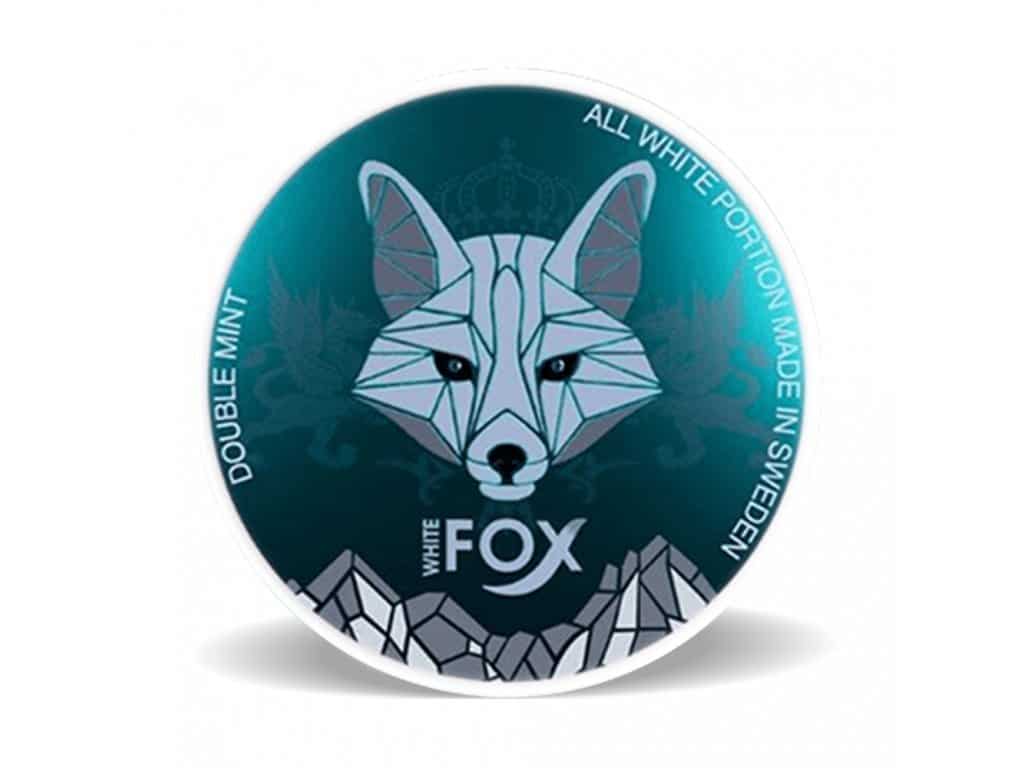3 Facts You Should Know About Deer Antler Velvet

Unless you are a wildlife enthusiast or an avid whitetail hunter, you probably don’t too much about deer antlers, aside from the fact that only male deer grow antlers.
If you’re an expert, you might even know the difference between antlers and horns.
But among people who know that much, very few are aware that a deer antler falls off the head of a deer every year, then grow back each spring. And almost nobody knows that deer antlers spend most of the year covered in a soft layer of tissue, commonly referred to as velvet.
Deer antler velvet is responsible for the phenomenon of fast bone growth in the form of antlers. But what is deer antler velvet, and why is it so special? Read on below to learn three important facts about velvet deer antlers.
1. The Fastest Bone Growth
Antlers are solid bones that grow as an extension of a deer’s skull. The antlers fall off every winter and are regrown every year during the spring and summer.
Each year, a buck’s antlers will grow a bit bigger than the previous year. This makes deer antlers the fastest growing bone in the animal kingdom.
And what’s the cause of this speedy growth? The outer layer of tissue that we call velvet.
This tissue creates a vibrant network of blood vessels that cover the entirety of a buck’s rack. The velvet carries nutrient-rich blood to every part of the antlers, helping them grow at a rapid pace.
During the growing process, deer antlers are soft to the touch. This makes them sensitive to damage. The velvet is covered with short-haired that acts as a radar system, increasing the deer’s senses to help it avoid hitting its antlers on branches.
Any damage to the antlers during this period can result in deformities in the final antler structure, which can impact the buck’s ability to spar with other deer.
And since there is so much blood carried to the antlers at this time, they will show up very bright in thermal imaging scans. So if you have trail cameras out in the woods, during the summer you should see bright, glowing antlers.
2. Deer Antler Velvet Is Used in Traditional Medicine
Deer antler velvet isn’t just helpful to deer. But it’s believed to have medicinal properties that are beneficial to people, as well.
Velvet has been harvested from deer for thousands of years across the globe. There are currently a handful of countries that export a large volume of antler velvet for supplement manufacturing.
Deer antler velvet benefits in include many things. But it’s most widely known for joint structure support since it’s so rich in calcium. And because the velvet carries nutrient-rich blood, there are many other healthy properties, making this supplement very valuable.
And you can feel good about using it, too. Because deer shed their antlers each year anyway, harvesting them is a humane process. The resource is renewable, and a single deer can supply antler velvet multiple times throughout its life on commercial farms.
3. Bucks Shed Velvet Fast
Male whitetail deer lose their antlers after the breeding season (the rut) is over. This happens sometime in the winter when the period for fighting other bucks is over for the year. This happens due to a dramatic decrease in testosterone.
In the spring, fresh antlers start to grow. While the bones grow exceptionally fast, it still takes most of the spring and summer for them to reach their full size.
At the end of summer, once antlers finally stop growing, the blood flow in the velvet dries up. This process can happen very abruptly.
All of a sudden, the buck will shed its velvet within a few hours. After all those months growing under the velvet, as soon as the growing stops, the velvet is cast aside.
This often happens naturally, though many bucks force the shedding process by rubbing their antlers against trees and brush. Right after the velvet is removed, the hard, bloodstained antlers are revealed.
It takes a few weeks of additional rubbing and scraping of the antlers to polish them and give them a cleaner appearance, removing most traces of blood from the velvet.
Only in rare cases will bucks sport velvet for more than a day once the velvet has started coming off.
Why Don’t We See Velvet Antlers?
Most people spot deer in the fall, as opposed to other times of the year. This corresponds to the beginning of the breeding season when deer start to congregate and are less concerned about hiding during the day.
In the fall, the antlers are already fully formed. The velvet has likely fallen off in early September.
Male deer are reclusive at all other times of the year. They stay hidden most of the day and eat most of their food at night. During the summer, when they have velvet antlers, they are likely sleeping during the heat of the day to conserve energy.
If you were to spot a buck over the summer, it would have velvet antlers. It’s just very difficult to find them during this time unless you try to spot them at dawn.
Very few hunters ever get a chance to harvest a deer with velvet antlers. Most hunting seasons start later in the fall, after temperatures have dropped and then breeding season has begun.
In some states, the bowhunting seasons start at the end of August, giving ambitious bowhunters the slim chance of taking a velvet buck.
While many expert hunters aspire to the challenge, very few ever accomplish it.
Appreciation for Antlers
The deer antler is one of the most fascinating elements of the animal kingdom. Nothing else grows quite that fast. And the fact that external bones produce their own growth incubator, only to shed it later in the season is a mystery.
Next time you’re out for a hike and find some antlers on the ground, take a close look to see if you spot any remnants of blood vessels. Or if you go out in the summer, keep your eyes peeled to try catching a rare glimpse of velvet antlers in the wild.
Want to read more information like this? You can browse other similar articles on our blog now.


